One of the most popular solutions that allow you to perform spectacular nail extensions is the use of nail tips - special pads that have many tangible advantages. The range of such products is very impressive, which helps to realize the most daring design fantasies. The simplicity of building up with the help of tips is also noteworthy: to solve this problem, it is enough to know how to use them correctly and have a set of necessary tools.

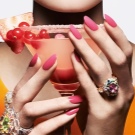
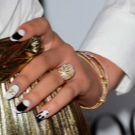
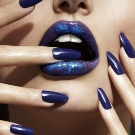
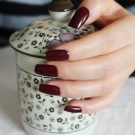
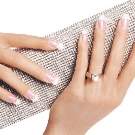
What it is?
The described products are artificial pads used to give the nail plates the required length and shape. They owe their name to the English word tip, meaning "tip" or "tip", and their design involves the presence of two parts. The first creates a free edge of the growing nail, while the second provides contact with the natural surface, which is why it has a significantly smaller length and thickness.
For the manufacture of tips, materials are used that organically combine strength and elasticity - qualities that ensure long-term wearing of false nails.
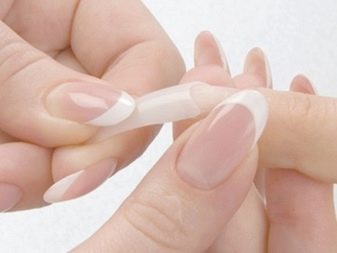
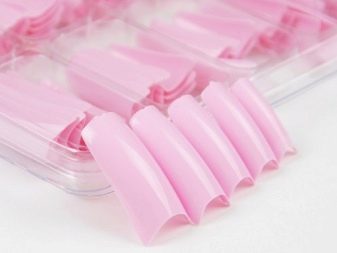
As for the origin of the products in question, the first mention of them is rooted in antiquity. Such overlays were used even in Ancient Egypt: there they were made of parchment, precious stones, ivory and other materials.Since the 70s of the last century, tips have been made from polymers - compounds that are optimal for solving this problem.
Using overlays made of ABS plastic, polyflex or nylon allows you to get artificial nails with a shape suitable for the clientideal surface and desired design. Subject to the basic rules of building such products last from 3 to 4 weeks, attracting the enthusiastic eyes of others.

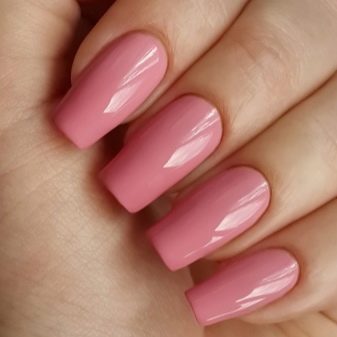
Advantages and disadvantages
Like any other procedure, nail extension through nail tips has its advantages and disadvantages. A list of the first can be found below.
- Using the pads, you can achieve the desired result, even if the natural nail plate has a minimum length.
- Considering the stresses that the stress zone of the extended nails have to deal with, it can crack and even break, which is especially important when strengthening it poorly. The use of pads allows you to avoid this trouble.
- Nail extension with the help of nail tips is not difficult, which cannot be said about the use of forms. For the successful implementation of the procedure with the use of overlays, special skills are not needed (with rare exceptions), which makes visiting a specialized specialist unnecessary.
- Using tips, you can create complex forms of nail plates with maximum ease.
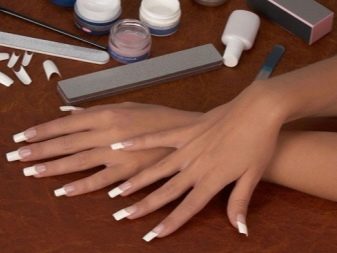
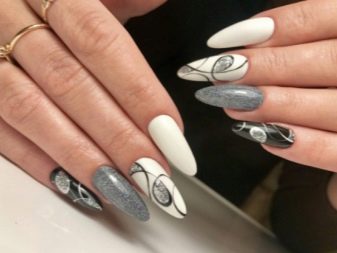
In addition, damage to the lining most often leads to its peeling off without dangerous consequences for a natural plate - in contrast to nails that are extended by means of forms.
As for the shortcomings of the described products, the main one is the "template" appearance. Despite the high-quality performance of nail tips, they look less natural than nails that are built up with the help of shapes. Another significant minus of the linings is the large thickness of the tip, because of which individual women do not like them. And also some girls note that such products often come unstuck. This problem should not be considered characteristic, since it is caused by the use of low-quality glue and other gross violations by the performer.
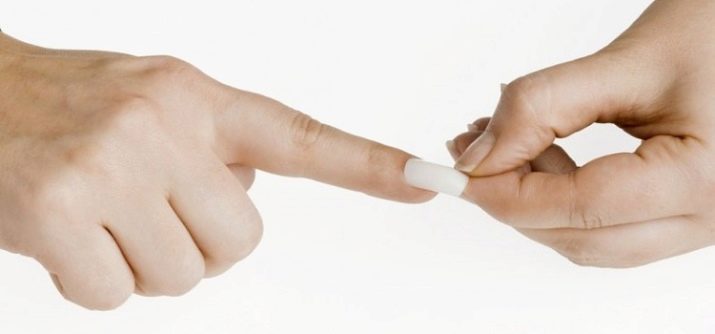
Kinds
To successfully build nail plates, manufacturers offer many varieties of nail tips, which allows you to find a product that is ideally suited to the specifics of the situation. The main criteria for classifying such overlays include several points.
- Contact zone (KZ). Products distinguished by this principle are deep, shortened and non-contact. The choice of a specific option is determined by the size of the nail plate: for example, for a small bed, overlays with a miniature short circuit are needed.
- The form. Depending on her preferences, the client can choose classic, curved, straight, narrowed and other variations of the tips. The most common is the first variety, the form of which is as close to natural as possible. Popular and "American", with a more pronounced bend.
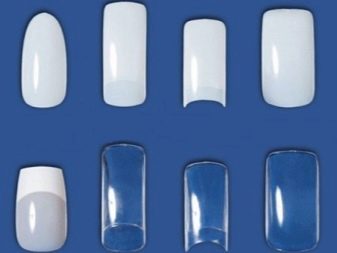
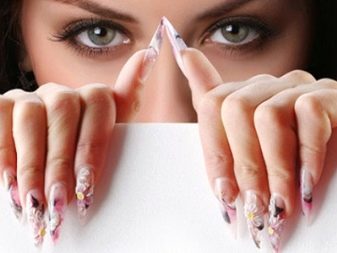
- Destination. In addition to the universal variation, pads for working with problem nails and some other, less popular varieties are used.
- The size. The standard classification according to this principle involves the use of 10 product options (the smaller the number, the smaller the pad). Guided by such tips, you can find the right tips with minimal time.
- Color. The greatest demand is for products that have a natural tone, transparent and decorated overlays, as well as tips for performing French manicure.
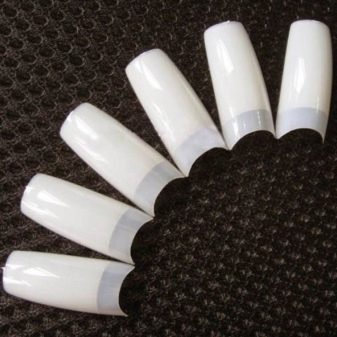
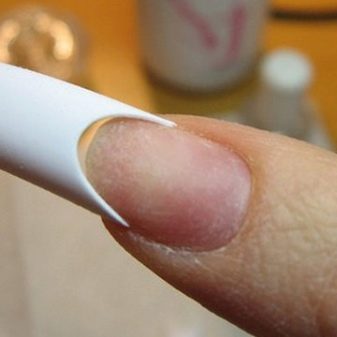
Particular attention should be paid to the materials used, which are most often different raw materials.
- ABS plastic. It is the most popular, due to its excellent elasticity and high-quality adhesion to a natural surface.It is especially often used in the manufacture of the classic variety of linings.
- Nylon. The main advantages of the material in question are elasticity and resistance to strong mechanical stresses. The only drawback of nylon tips is the difficulty of fastening, which requires the presence of appropriate skills for the performer.
- Polyflex. The popularity of this material is explained by its elasticity and resistance to aggressive chemical compounds. It is worth noting the good contact that occurs when traction of polyflex linings with natural nails.
A special variety of the described products are liquid tips. Unlike other linings, they are not attached to the plates, but are used as upper forms for artificial lengthening of nails. The use of such products allows bends to be formed with less difficulty than with standard gel extensions.
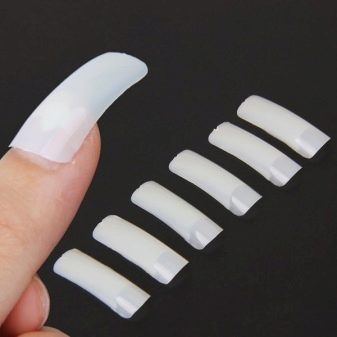
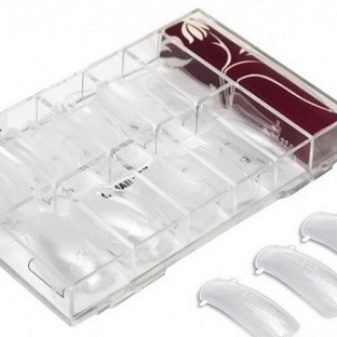
Selection rules
There are several rules for acquiring false nails, compliance with which allows you to achieve the best result.
- To make the tips look more natural, it is advisable to choose products with the smallest thickness.
- One of the main qualities that the material of the products of interest should have is elasticity. Ignoring this condition leads to the purchase of tips with a tendency to crack.
- In order for the extended nails to have an ideal look, the acquired pads should optimally match them. And also experts advise to take into account the features of the planned design by selecting products of suitable color.
In addition, the buyer should not focus on products of dubious origin. Often they are made from materials that do not meet safety requirements, which can cause the development of allergic reactions and other health problems.
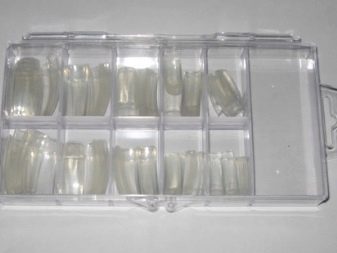
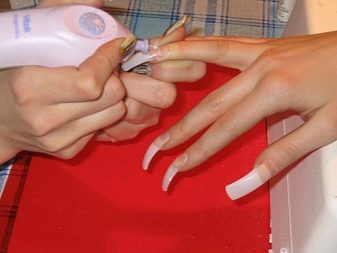
How to use?
In order to guarantee high-quality gluing of tips, as well as their removal, it is enough to familiarize yourself with the recommendations listed below.
How to glue?
Before proceeding to modeling the lining, it must be firmly glued to a natural nail. This procedure involves several actions.
- Choose products that are best suited to the transformed nails. Such overlays should completely cover natural plates, fitting tightly to them.
- Stick tips. First you need to apply glue to the inner surface of the lining, "armed" with a small brush. Then you can apply tips, observing an angle of 45 ° relative to the edge of the natural plate, gently lowering them. In conclusion, it remains to press the used products tightly, wait 10 seconds and remove excess glue with a manicure towel.
- Trim overlays. This operation involves the use of a special tool - tip cutter. It should be carried out so that on the workpiece there remains a small margin necessary for sawing.
At the end of the trimming, you need to carefully tidy the edges of the tips and transition lines with a hard file. The result of this action should be a smooth surface of the plate, not involving the presence of noticeable flaws. Then it remains to remove dust from the nail using a wide brush.
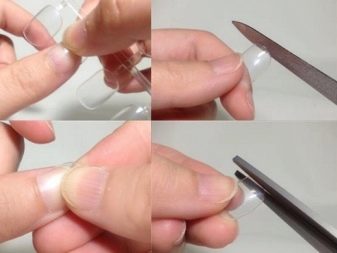
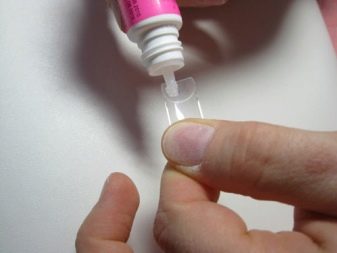
How to take off at home?
Despite the fact that you can wear tips for quite some time, they still have to be removed - due to the growth of nails or due to the replacement of a tired coating. The optimal solution to this problem is to use the appropriate fluid present on the shelf of any specialized store.
Such a tool effectively softens artificial materials, contributing to the safe removal of pads. For this, a small amount of this liquid is enough, which must be applied to the nails and wait (the duration of the procedure depends on the characteristics of the composition used).
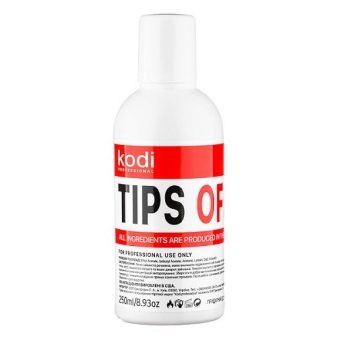

If there is no special tool, you can remove the tips with acetone. It is not recommended to immerse nails in it, and therefore it is advisable to carry out the treatment using cotton pads thoroughly soaked with this product. To achieve the desired result, the pads must be wrapped not only with the specified products, but also with foil. Some women suggest getting rid of tips by immersing their hands in a bowl of hot water. The effectiveness of this technique is determined by two main factors - the total duration of the procedure and the quality of the glue used.
The final stage of all the procedures described above is the treatment of the nail plates with nutritious oil.
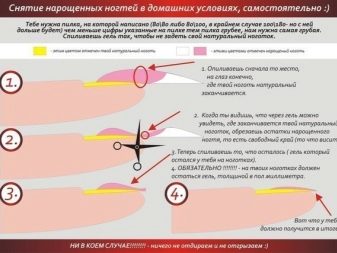
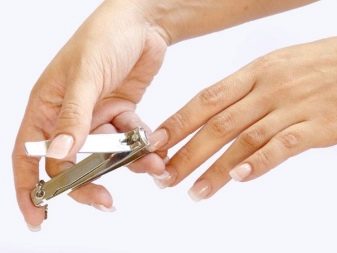
Design ideas
Experience shows that the choice of a suitable design option for false nails is not only important, but also a very fascinating task. Consider the most remarkable design ideas used when working with tips.
- Refusal of monophonic design. To make the nails truly original, you need to choose less prosaic combinations.
- To make the plates extraordinary, you can use rhinestones and rivets, sequins and stickers, foil and other decorative elements.
- One of the most popular design solutions is the painting of nails in different colors and shades, as well as combinations of glossy and matte coatings.
- The design of the overlays may correspond to the time of year. In the summer, bright and colorful design with the image of flowers and tropical fruits is relevant, and for winter, the variations associated with the New Year holidays are suitable.
Special attention should be paid to French, matte and marble varieties of design, suitable for manicure at any time of the year. It is worth noting the original volumetric compositions that turn the nail plates into a full-fledged work of art.

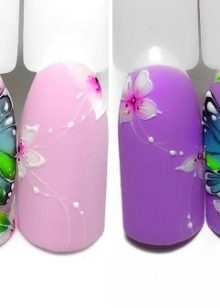
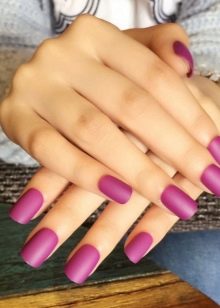
Doing a manicure step by step
Performing nail extensions with nail tips, it is advisable to stick to a specific algorithm.
- Treat hands with a disinfectant that impedes the development of pathogenic microflora.
- Lubricate the cuticle with a softening composition, gently pushing it with an orange stick, and thoroughly degrease the nail plate.
- Treat the free edge of the nail with a standard file (as a result, a small tip should remain). After that, you need to remove the gloss from the plate so that its surface acquires a matte milky shade. This operation is performed using a round file and should not affect the cuticle.
- Remove dust from the treated nail and proceed to sticking the tips, described in detail in one of the previous sections.
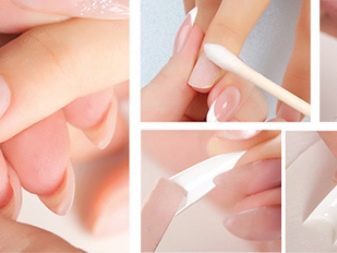
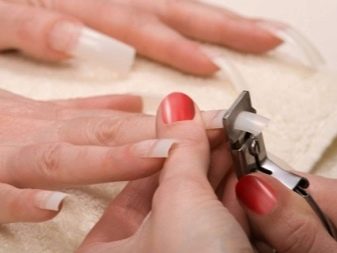
- Apply a bonding base (primer) to the surface of the lining. After this tool is completely dry, it is necessary to apply an even layer of modeling material and dry it under a UV or LED lamp.
- Coat the surface with a second layer of gel, forming a bend in the short circuit, and reprocess the nail under the lamp.
- Remove the sticky layer using an appropriate tool, then take the file and give the nail the desired shape, saving it from existing defects.
- Processing the plate with a buff, remove the dust and start applying a decorative coating.
After lubricating the cuticle with nutritious oil, the described procedure can be considered successfully completed.
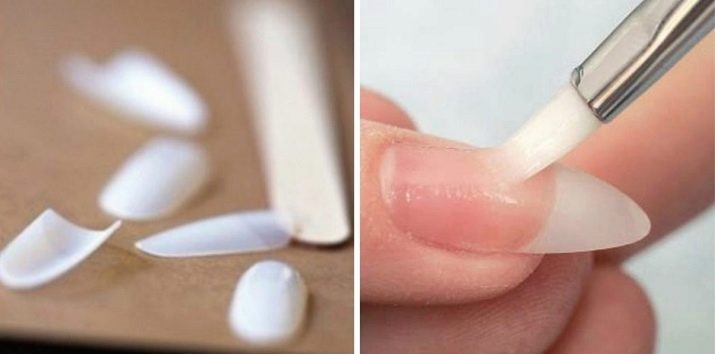
Nail care after nail tips
To restore the health and aesthetic appearance of nails after building using pads, it is desirable:
- apply nutritious oils to the cuticle at least once a week;
- give the plates a rounded shape and reduce their length;
- move the cuticle away with a stick, refusing to remove it;
- regularly treat nails and surrounding skin with hand cream;
- make 10-minute warm baths using milk and natural olive oil to provide whitening and hydration.

It is also necessary to perform daily polishing of the nail plates - a procedure that stimulates blood circulation and promotes their growth.
Summing up, it remains to state that tips are suitable for most girls and women who are unable to boast of naturally strong nails. Such products are very practical and can be successfully used at home, becoming a spectacular addition to the image of each of its owners.
How to perform nail extension on tips, see the video below.










